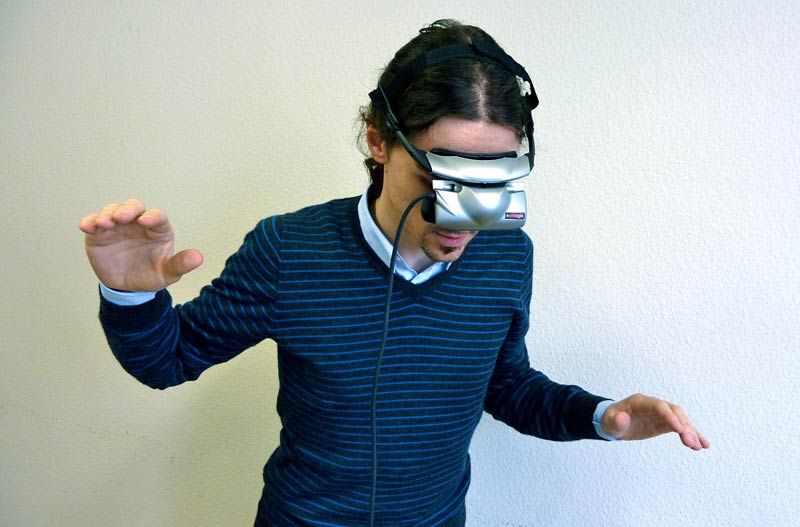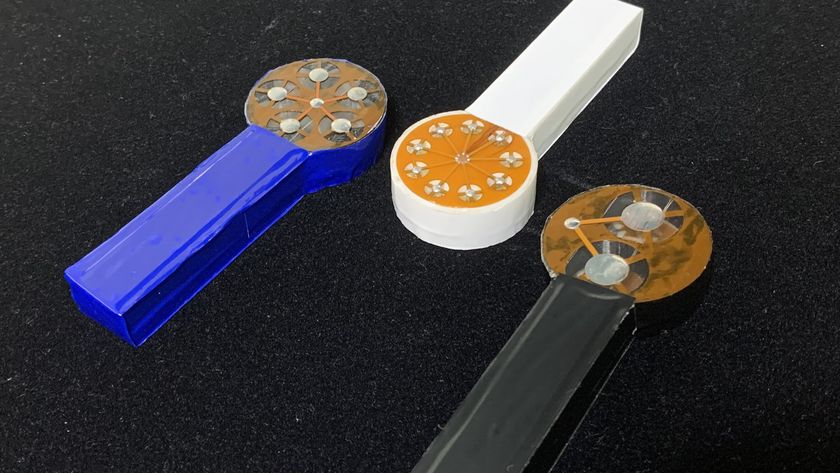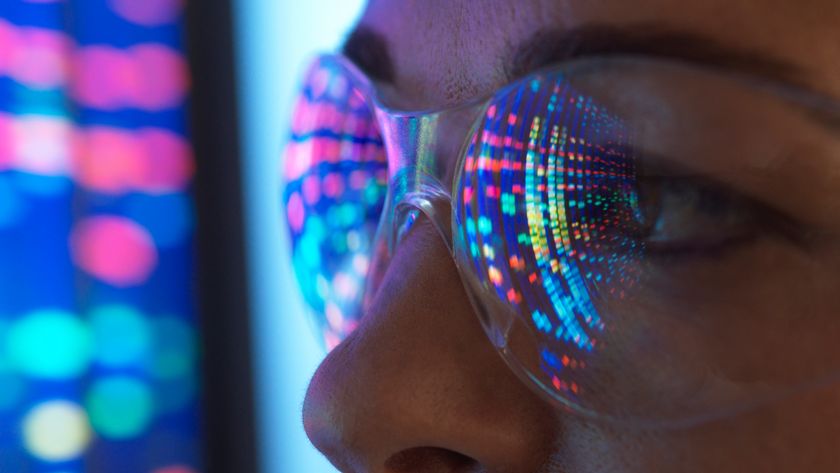Virtual Reality Games Aid in Stroke Rehabilitation

Virtual reality games may help patients recover after a stroke. The results of a new study show these games can improve the patient's arm strength.
Patients were more likely to improve their arm strength if they played virtual reality games than if they received standard physical therapy, which includes exercises such as extending the elbow and flexing the wrists and thumbs, the study reported.
Around 55 to 75 percent of stroke patients experience mobility problems that impair their quality of life. The findings suggest these games may provide a better alternative to aid stroke patients in their rehabilitation, the researchers say.
The study appears in the May issue of Stroke: Journal of the American Heart Association.
Virtual world
A stroke occurs when the blood supply to the brain is impaired. This happens when the vessels that bring blood to the brain burst or become blocked. Without adequate blood to supply the oxygen they need, brain cells start to die within three to four minutes, according to the American Heart Association.
Stroke survivors suffer mobility problems when parts of the brain controlling leg or arm muscles are impaired.
Sign up for the Live Science daily newsletter now
Get the world’s most fascinating discoveries delivered straight to your inbox.
Rehabilitation exercises can help the brain create new connections between nerve cells. Yet standard therapies provide only modest benefits in terms of improving mobility, said study researcher Dr. Gustavo Saposnik, director of the Stroke Outcomes Research Unit at St. Michael's Hospital at the University of Toronto.
Virtual reality games have been adapted to aid in stroke rehabilitation. In these games, patients interact with a virtual world. They can be immersed in this world by placing a display screen over their eyes, or they can interact with a computer or TV screen, much as for a standard video game. The virtual reality games vary in the tasks they ask subjects to perform. For example, some games require patients to manipulate virtual objects. Other games, including those played on video game systems such as the Nintendo Wii, may require patients to flex their arms and wrists.
Saposnik and his colleagues analyzed 12 studies that tested the effects of virtual reality and electronic games on stroke recovery.
Five of the studies were trials in which patients were randomly assigned to receive standard therapy or play virtual reality games. Taken together, these studies showed patients who played virtual reality games were about 4.9 times more likely to improve their upper body strength than those who received the standard therapy.
The other seven studies looked at patient improvement before and after playing the games. These studies found a 14.7 percent improvement, on average, in patients’ grip strength and a 20 percent improvement in patients’ ability to perform standard tasks.
Better than reality?
Virtual reality games activate different parts of the brain than do standard therapies, Saposnik said. This may explain the greater improvement seen in patients who played the games, he said.
The games also activate "mirror neurons," or neurons that fire when a person observes someone else performing a particular movement. When patients see a task being carried out in a virtual world, their mirror neurons fire. Engaging the mirror neuron system probably facilitates the formation of new brain connections and aids in recovery, Saposnik said.
In addition, virtual reality games can provide auditory and sensory feedback — for instance, if the controller vibrates — and research has shown that to be important for rehabilitation, Saposnik said.
So far, each study investigating the use of virtual reality games in stroke rehabilitation has been quite small, and larger trials would be needed to determine the true benefit of the games, Saposnik noted. He said he plans to carry out a trial in which 140 patients will be randomly assigned to play virtual reality games or receive standard therapy.
Pass it on: Games that allow stroke patients to interact with a virtual world may improve their upper body strength.
Follow MyHealthNewsDaily staff writer Rachael Rettner on Twitter @RachaelRettner.
This story was provided by MyHealthNewsDaily, a sister site to LiveScience.

Rachael is a Live Science contributor, and was a former channel editor and senior writer for Live Science between 2010 and 2022. She has a master's degree in journalism from New York University's Science, Health and Environmental Reporting Program. She also holds a B.S. in molecular biology and an M.S. in biology from the University of California, San Diego. Her work has appeared in Scienceline, The Washington Post and Scientific American.











